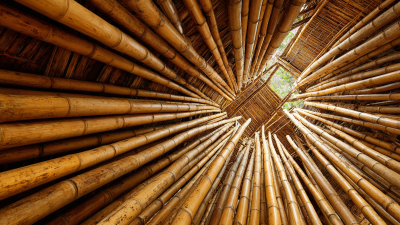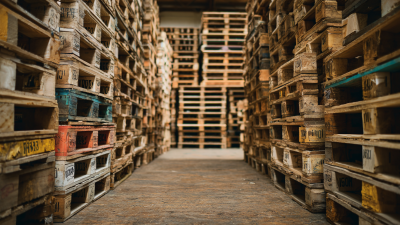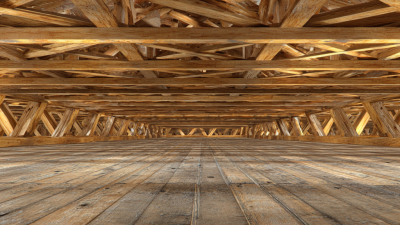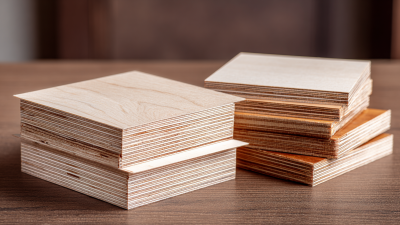Leave Your Message
-
Whatsapp
-
Whatsapp
When it comes to enhancing the aesthetic appeal and sustainability of your home, choosing the right materials is crucial.
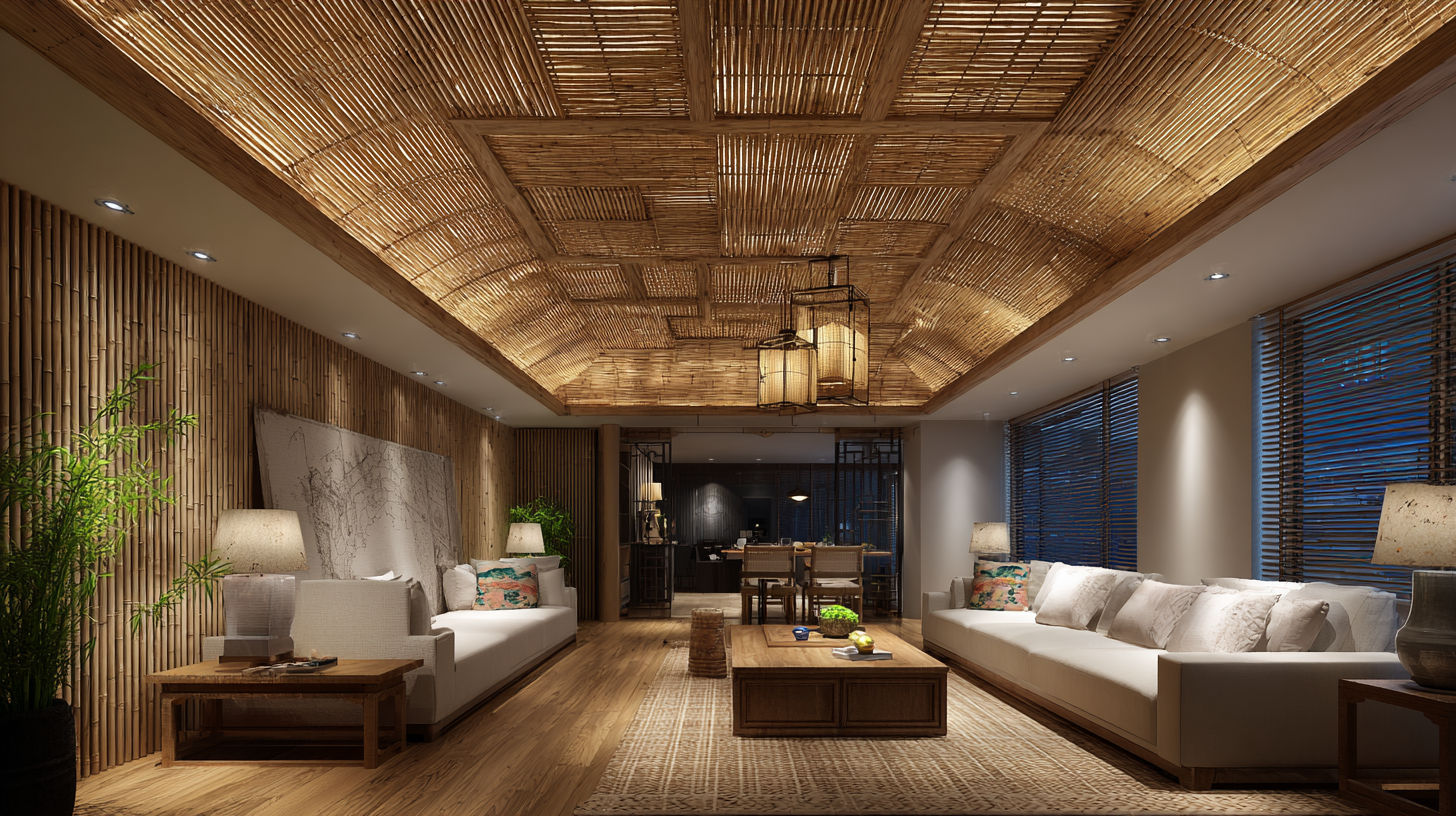 Ceiling Bamboo Panels are increasingly gaining popularity due to their eco-friendly properties and versatile design options.
According to a recent report by the Global Green Building Materials Market, the demand for sustainable materials, such as bamboo, is projected to grow at a compound annual growth rate of 11% through 2025, driven by the rising awareness of environmental issues and the desire for innovative building solutions.
These panels not only offer an elegant appearance and thermal insulation benefits but also contribute to reducing the carbon footprint of your living space.
As you embark on the journey of selecting Ceiling Bamboo Panels for your home, understanding the key factors such as durability, aesthetics, and maintenance becomes essential to make an informed decision that aligns with your personal style and environmental responsibility.
Ceiling Bamboo Panels are increasingly gaining popularity due to their eco-friendly properties and versatile design options.
According to a recent report by the Global Green Building Materials Market, the demand for sustainable materials, such as bamboo, is projected to grow at a compound annual growth rate of 11% through 2025, driven by the rising awareness of environmental issues and the desire for innovative building solutions.
These panels not only offer an elegant appearance and thermal insulation benefits but also contribute to reducing the carbon footprint of your living space.
As you embark on the journey of selecting Ceiling Bamboo Panels for your home, understanding the key factors such as durability, aesthetics, and maintenance becomes essential to make an informed decision that aligns with your personal style and environmental responsibility.
When it comes to enhancing your home’s aesthetic and sustainability, bamboo ceiling panels are an excellent option. Understanding the different types of bamboo panels available is crucial for making an informed choice. Generally, bamboo panels fall into three primary categories: strand-woven, flat, and laminated.
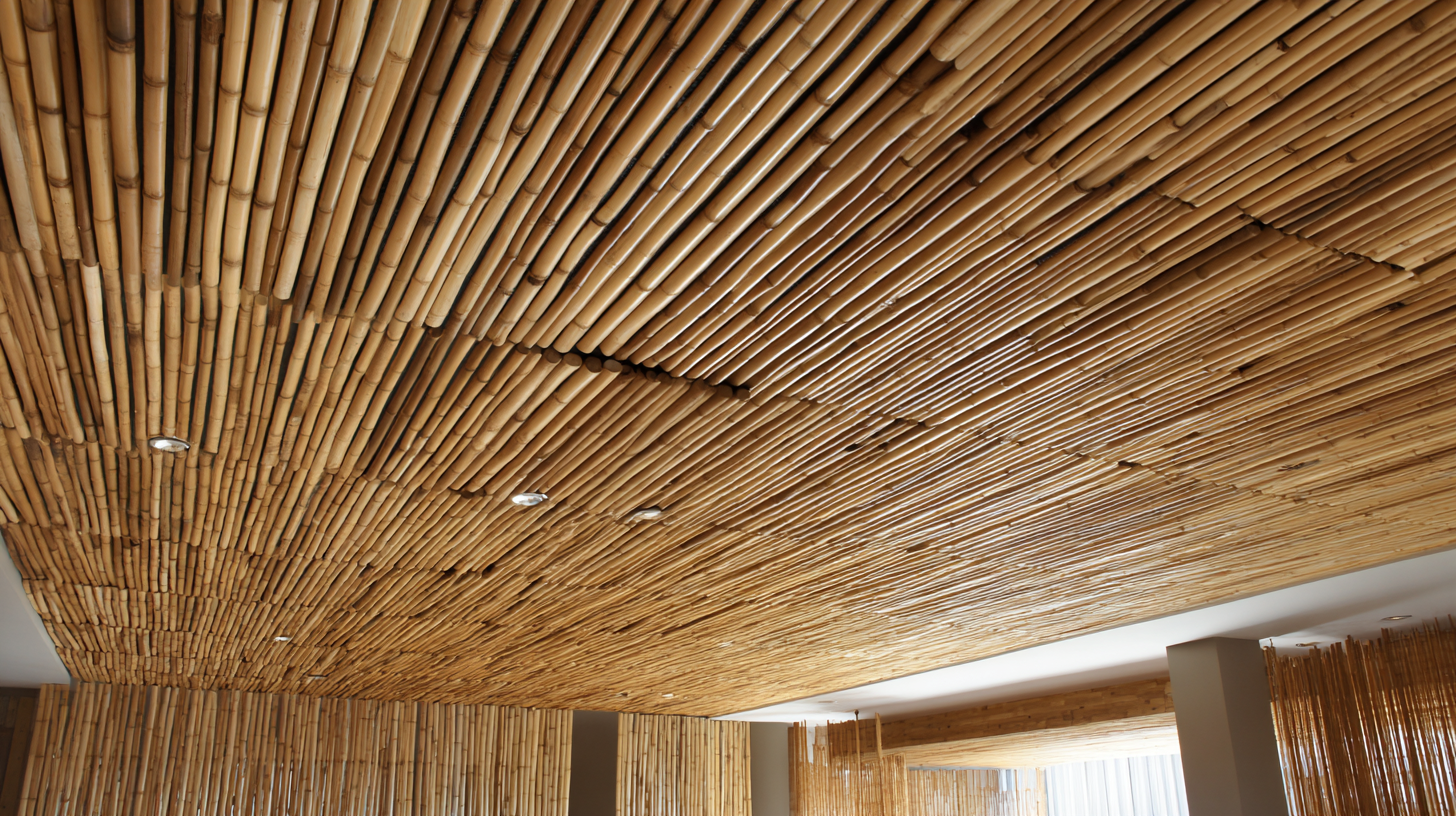 Strand-woven panels are known for their incredible durability, offering a hardness rating that can exceed traditional hardwoods by up to 50%, making them a suitable choice for high-traffic areas. Flat bamboo panels provide a more traditional look, often preferred for residential applications due to their natural textures and warmth.
Strand-woven panels are known for their incredible durability, offering a hardness rating that can exceed traditional hardwoods by up to 50%, making them a suitable choice for high-traffic areas. Flat bamboo panels provide a more traditional look, often preferred for residential applications due to their natural textures and warmth.
In addition to aesthetic considerations, the environmental impact of the bamboo manufacturing process is significant. According to a 2020 report by the International Bamboo and Rattan Organization, bamboo can sequester carbon at a rate of up to 30% faster than typical timber, showcasing its potential as a sustainable material for ceiling applications. Laminated bamboo panels, in particular, are produced using a process that minimizes waste, ensuring a more eco-friendly product. By selecting the appropriate type of bamboo panel, homeowners can effectively blend style, durability, and environmental responsibility in their ceiling designs.
When choosing ceiling bamboo panels for your home, the aesthetic aspects such as patterns, colors, and finishes play a critical role in enhancing your overall decor. Bamboo panels come in a variety of patterns, ranging from natural, vertical grain to intricate woven designs. Selecting a pattern that complements your existing interior theme can create a cohesive look, elevating the ambiance of your living space. For modern interiors, sleek, minimalist patterns might be ideal, while traditional spaces could benefit from more ornate designs that showcase the beauty of natural bamboo.
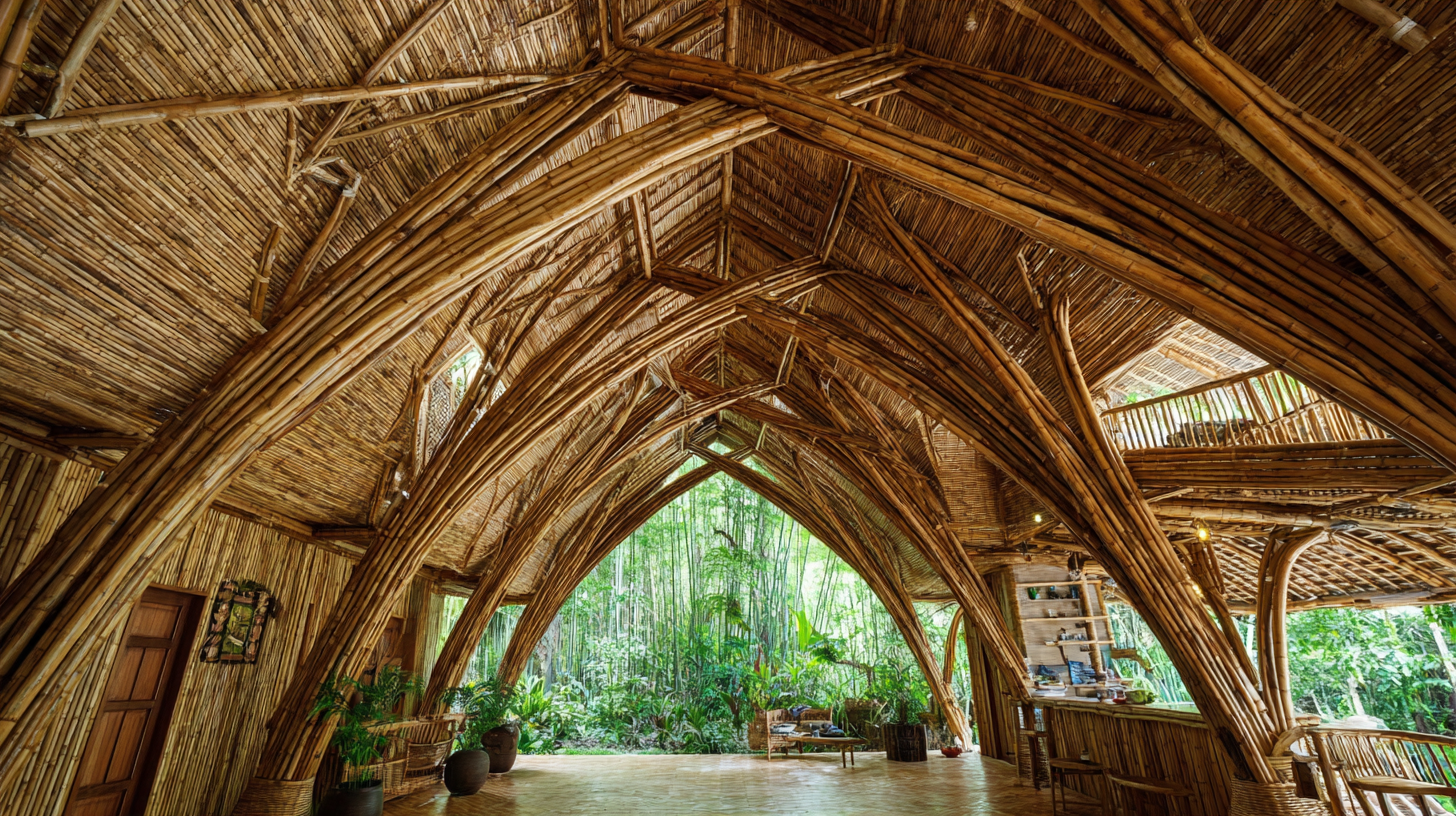
The color of the bamboo panels is another crucial consideration. Bamboo naturally varies in shades from light honey tones to rich chocolate browns. You can choose a color that either blends seamlessly with your furnishings or stands out as a bold statement piece. Darker tones can add warmth and a touch of sophistication, while lighter shades can keep your space feeling airy and open. Furthermore, the finish of the panels, whether matte or glossy, can dramatically affect the perception of space and light in the room. A well-finished bamboo panel not only enhances visual appeal but also provides durability, making your selection worthwhile in the long run.
When selecting bamboo ceiling panels for your home, assessing durability and maintenance requirements is crucial. Bamboo’s natural properties contribute to its resilience—specifically, it is stronger than many hardwoods, making it a great choice for ceiling applications. According to the *Bamboo Flooring Manufacturing and Market Analysis* report, high-quality bamboo panels can have a Janka hardness rating between 1380 and 1500, indicating excellent durability against wear and tear. However, bamboo can be susceptible to moisture and temperature fluctuations, so it’s vital to choose panels treated with appropriate finishes to enhance their longevity.
In terms of maintenance, bamboo ceiling panels are relatively easy to care for, needing only regular dusting and occasional mopping with a damp cloth. Avoid using harsh chemicals, as they can damage the panel’s surface and finish. To extend the life of your bamboo ceilings, consider applying a specialized bamboo cleaner every six months, as recommended by the *International Bamboo and Rattan Organization*.
**Tips**: When selecting bamboo panels, look for those with a manufacturer’s warranty of at least 25 years, which typically indicates a commitment to quality. Also, ensure you follow the installation guidelines carefully, as improper installation can lead to warp or damage over time.
| Panel Type | Durability Rating | Maintenance Frequency | Moisture Resistance | Aesthetic Appeal |
|---|---|---|---|---|
| Natural Bamboo | High | Annual | Good | Warm and Inviting |
| Carbonized Bamboo | Medium | Every 6 Months | Moderate | Rich Color Variation |
| Engineered Bamboo | Very High | Every 1-2 Years | Excellent | Modern and Sleek |
| Bamboo Veneer | Low | Every 3-6 Months | Low | Stylish but Less Durable |
When selecting the best ceiling bamboo panels for your home, it is crucial to consider both installation methods and associated costs. Research indicates that the average cost of bamboo ceiling installation ranges from $4 to $10 per square foot, depending on the quality of panels and labor expenses in your region. For instance, according to the National Wood Floor Association, bamboo is known for its durability and sustainable properties, making it a desirable option for homeowners looking to enhance both aesthetics and environmental impact.
Installation methods can significantly influence the overall investment. There are two primary approaches: drop ceilings and direct nail-down installations. Drop ceilings, while more costly at an average of $8 to $15 per square foot due to additional framing, allow for easier access to utilities overhead. Alternatively, a direct nail-down method may reduce costs, averaging around $4 to $6 per square foot. However, this option demands additional labor and precision to ensure a seamless finish. Engaging with experienced professionals familiar with bamboo installations can further affect costs and outcomes, highlighting the importance of thorough research and planning in your decision-making process.
When choosing bamboo ceiling panels for your home, it's crucial to consider the environmental impact and sustainability of this natural material. Bamboo is known for its rapid growth and renewability, making it a more sustainable choice compared to traditional hardwood. Its cultivation requires significantly less water and pesticides, contributing to a lower carbon footprint. Additionally, bamboo absorbs more carbon dioxide over its lifespan, helping combat climate change.
Moreover, the bamboo industry is evolving, with manufacturers increasingly focusing on eco-friendly practices. As you select bamboo panels, look for certifications that ensure responsible sourcing and production methods. By supporting sustainable bamboo products, homeowners not only enhance their living spaces with beautiful and durable materials but also promote environmental stewardship, making their choices impactful for the planet’s future.
